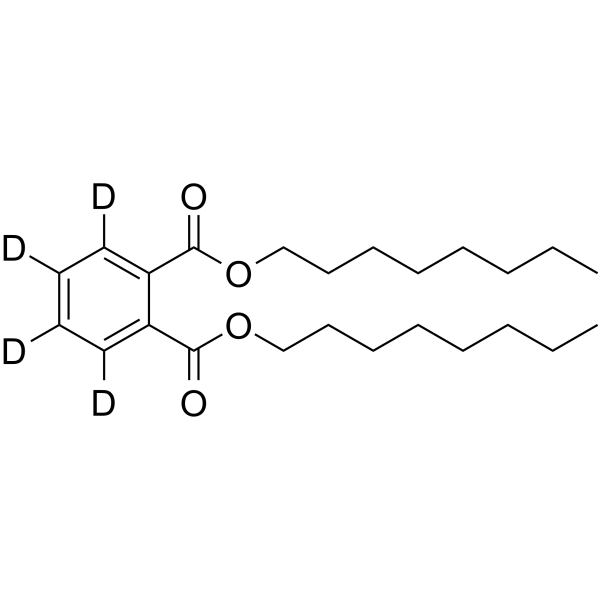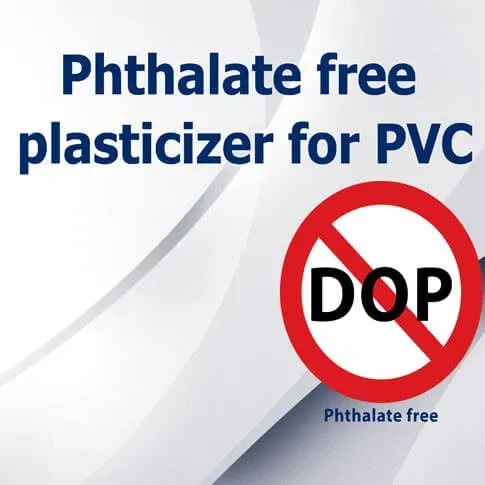Dioctyl Phthalate (DOP), often referred to as di(2-ethylhexyl) phthalate (DEHP), is a commonly used plasticizer in soft PVC products. However, over the past few decades, there has been increasing concern regarding its potential effects on human health and the environment. This article provides an in-depth examination of these impacts.

DOP’s primary function is to increase the flexibility of PVC also making it suitable for a variety of applications, from toys to medical equipment. Yet, its ability to migrate out of PVC products has raised significant concerns.
2. Impact on Human Health
- Endocrine Disruption:Dioctyl Phthalate (DOP) has been identified as a potential endocrine disruptor. It can mimic hormones in the body, leading to hormonal imbalances. This is particularly concerning for children and pregnant women.
- Reproductive Toxicity: Studies have indicated that exposure to DOP can affect reproductive health. It has been associated with reduced sperm count in men and reproductive system abnormalities in laboratory animals.
- Developmental Effects: There are concerns about prenatal exposure to DOP, which might lead to developmental issues in children. These include cognitive problems and developmental delays.
- Possible Carcinogenic Effects: While the evidence is still inconclusive, some studies suggest a potential link between Dioctyl Phthalate (DOP) exposure and liver cancer in laboratory animals.
3. Impact on the Environment
- Aquatic Toxicity: When DOP leaches into water bodies, it can be toxic to aquatic life. Chronic exposure has led to reduced fertility in some fish species and developmental issues in amphibians.
- Bioaccumulation: DOP can accumulate in the tissues of organisms. Over time, this bioaccumulation can reach toxic levels, posing a threat to predators higher up the food chain.
- Persistence: DOP is relatively persistent in the environment. This means that once released, it doesn’t degrade easily, leading to prolonged exposure risks.
- Migration from Products: Over time, DOP can migrate out of PVC products, resulting in direct human exposure. This is especially concerning in items that come into close contact with the body, like toys or medical devices.
- Leaching into Water: DOP can leach into groundwater from landfills or from products left in the environment.
- Food Chain: As Dioctyl Phthalate (DOP) accumulates in organisms, it can enter the food chain, posing a risk to humans when they consume contaminated food sources.
5. Regulatory Measures
Recognizing these risks, various countries have introduced regulations to limit or ban the use of DOP in certain products, especially those intended for children or for medical use.
6. Alternative Solutions
The growing concerns about DOP have led to the exploration and adoption of alternative plasticizers. These alternatives, such as dioctyl terephthalate (DOTP) or bio-based plasticizers, promise similar performance without the associated risks.
Why We Have To Use Phthalate Free Plasticizer????
Phthalates have long been used as plasticizers in PVC soft materials to enhance flexibility and durability. However, growing concerns about their potential health and environmental impacts have led to a shift towards phthalate-free alternatives.
Phthalates can leach from PVC soft products, posing risks to human health, particularly in vulnerable populations like children and pregnant women. Studies have linked phthalate exposure to hormonal disruptions and developmental issues.
Choosing phthalate-free PVC soft materials is a safer option. Many manufacturers now offer non-phthalate plasticizers that provide the same performance while eliminating health and environmental risks. By embracing phthalate-free options, we can ensure a healthier and more sustainable future for both people and the planet. And best choice is phthalate free plasticizer.

While DOP has been invaluable in enhancing the properties of PVC, its potential risks cannot be ignored. As science provides clearer insights into its impacts, industries must adapt by embracing safer alternatives, ensuring both product performance and safety for humans and the environment.
